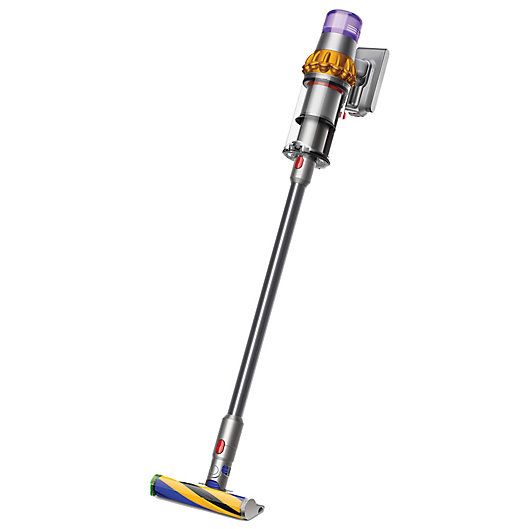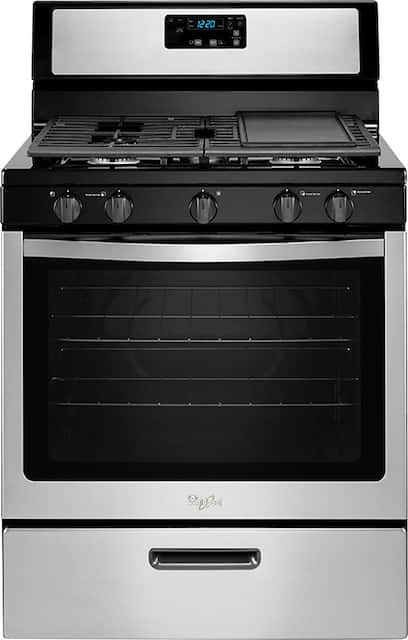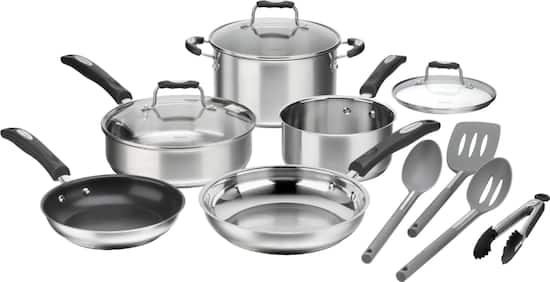Dyson V15 Detect Cordless Vacuum Cleaner in Grey Brushed Nickel
Dyson’s V15 Detect Cordless Vacuum Cleaner features a precisely angled laser that reveals microscopic dust on hard floors, so you don’t miss anything. Advanced whole-machine filtration traps 99.99% of particles, dust and allergens in Boost Mode.
Dyson’s V15 Detect Cordless Vacuum Cleaner features a precisely angled laser that reveals microscopic dust on hard floors, so you don’t miss anything. Advanced whole-machine filtration traps 99.99% of particles, dust and allergens in Boost Mode.
- Laser reveals microscopic dust. The most powerful, intelligent cordless vacuum
- Engineered for whole-home, deep cleans. Suction power, run time and tools designed to deep clean your whole home.
- Intelligently optimizes suction and run time based on dust level and floor type. A Piezo sensor and Dyson DLS™ technology automatically sense debris level and floor type to adapt suction for the right balance of power and run time when you need it.
- Laser reveals microscopic dust. A precisely angled laser makes invisible dust visible on hard floors, so you don’t miss anything.
- LCD screen displays scientific proof of a deep clean.* Calculates and categorizes picked-up particles, showing you on-screen as you clean. Also displays run time countdown and power mode.
- 100% more suction than the Dyson V8™ vacuum.
- Up to 60 minutes of run time (actual run time run time will vary based on power mode, dust level, floor type and/or attachments used)
- High Torque cleaner head with anti-tangle comb Automatically adapts suction and power to deep clean different floor types
- 56 poly-carbonate teeth prevent tangling around the bristles
- Laser Slim Fluffy™ cleaner head A precisely angled laser illuminates fine dust while soft woven nylon and anti-static carbon fiber filaments remove it from hard floors
- High Torque cleaner head drives bristles deep into carpet, and Laser Slim Fluffy cleaner head illuminates fine dust with precisely angled laser on hard floors
- Advanced whole-machine filtration Advanced whole-machine filtration traps 99.99% of particles, dust and allergens as small as 0.3 microns in Boost mode (all other modes achieve at least 99.7% filtration)
- Engineered for large homes with pets
- Converts to a handheld for cleaning cars, stairs and upholstery
- Includes:
- Torque drive cleaner head
- Laser slim fluffy cleaner head
- Docking station
- Combination tool
- Crevice tool
- Mini soft dusting brush
- Stubborn dirt brush
- Hair tool
- Wand clip
- Charger
- On board tool storage
- Digital control panel
- Plastic/polycarbonate
- 10.1″ W cleaning path
- Measures: 10.47″ L x 9.84″ W x 49.6″ H
- Weighs 6.79 lb.
- 2-year manufacturer’s warranty
- Imported
- Model 368340-01
- skuId: 69698833
Additional information
| Product Depth in | 10.47 |
|---|---|
| Product Width in | 9.84 |
| Product Height in | 49.6 |
| Product Weight lb | 6.37 |
| Amperage | 3600 amps |
| Wattage | 660 watts |










by Jenny
I love how easy it is to use this machine. Even my teens want to use it! It picks up so nicely on floors and carpet and the laser light is amazing. I end up vacuuming more than before, as a result. We are a house with two shedding dogs so the ability to pick up fur is so important. My only criticism is the power tool attachment, for furniture, does not do a great job on dog fur. Even on boost. I have to go over it a lot. My cheaper old vacuum does a better job. This is an important part of my cleaning cycle so it’s unfortunate this part ends up being less than ideal. But I would buy this again. I do love Dyson and their technology.
by Steve
I bought this for my parents they totally loving it. Thank you.
by Steve
I love this Dyson V15 as I can clean any different cleaning tasks with the various tools. Great!
by Austin
The laser is not a gimmick, it helps so much. So happy with this purchase.